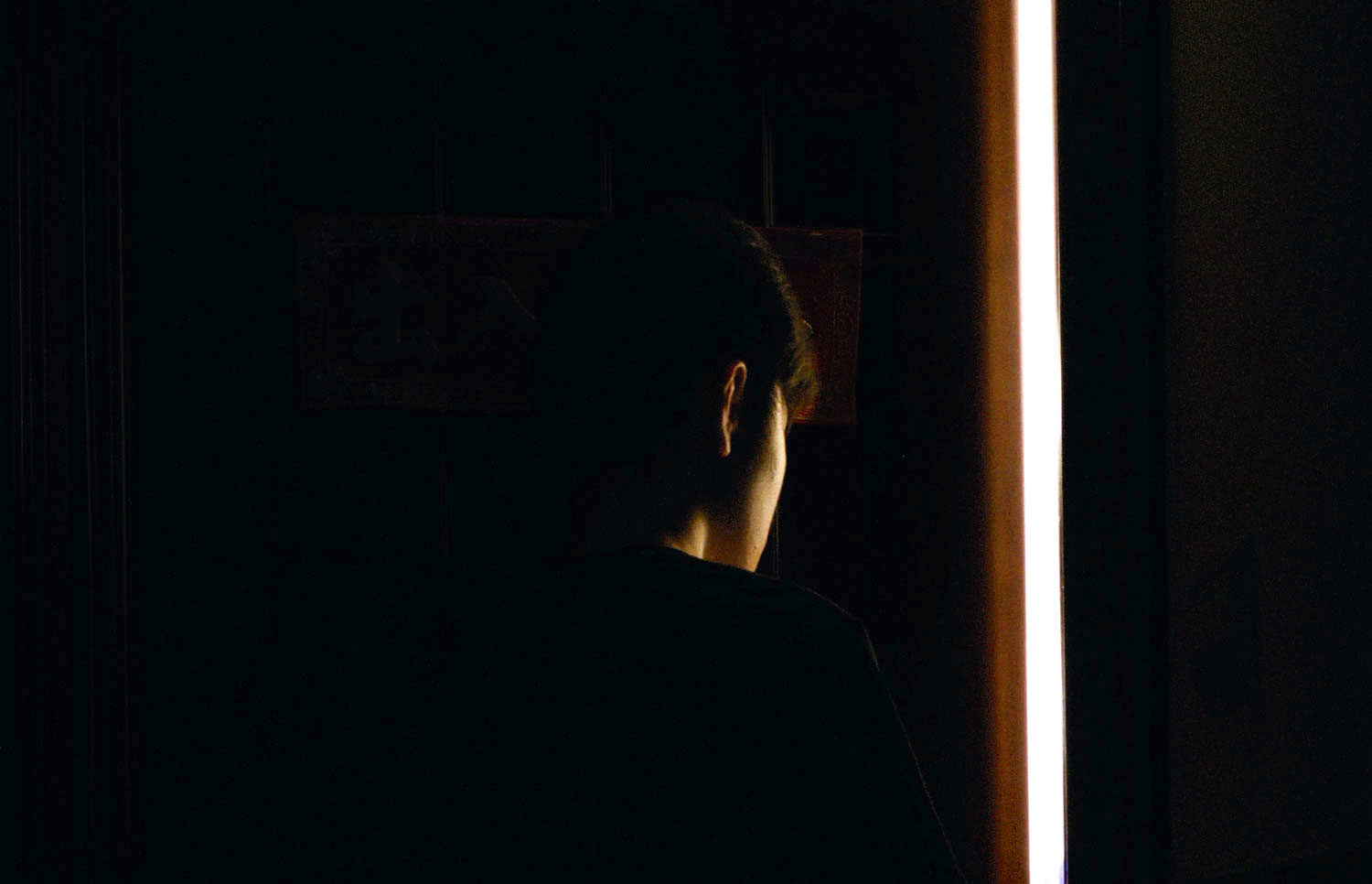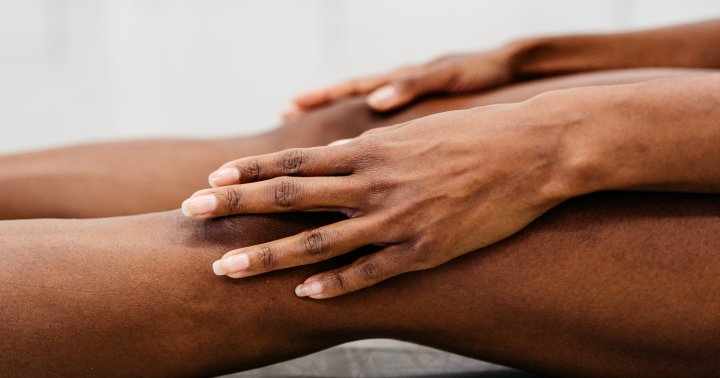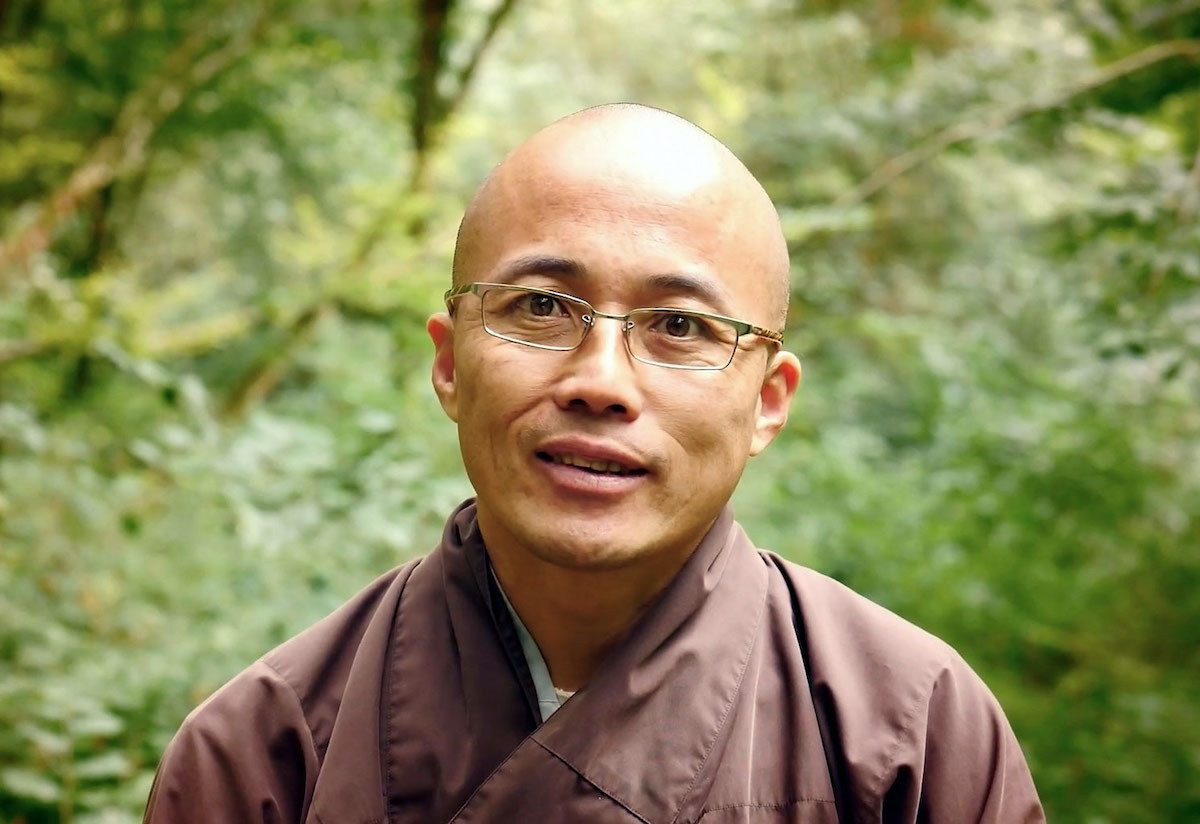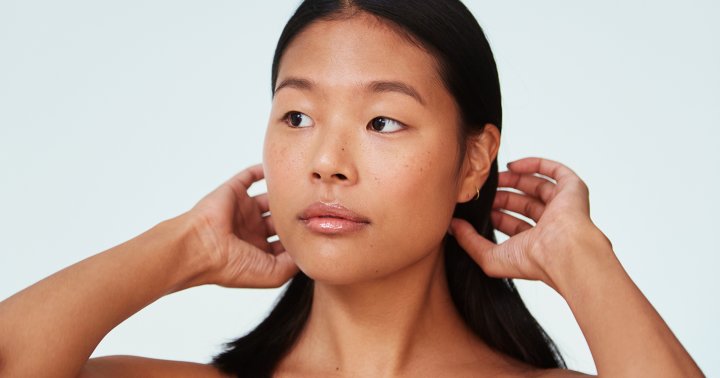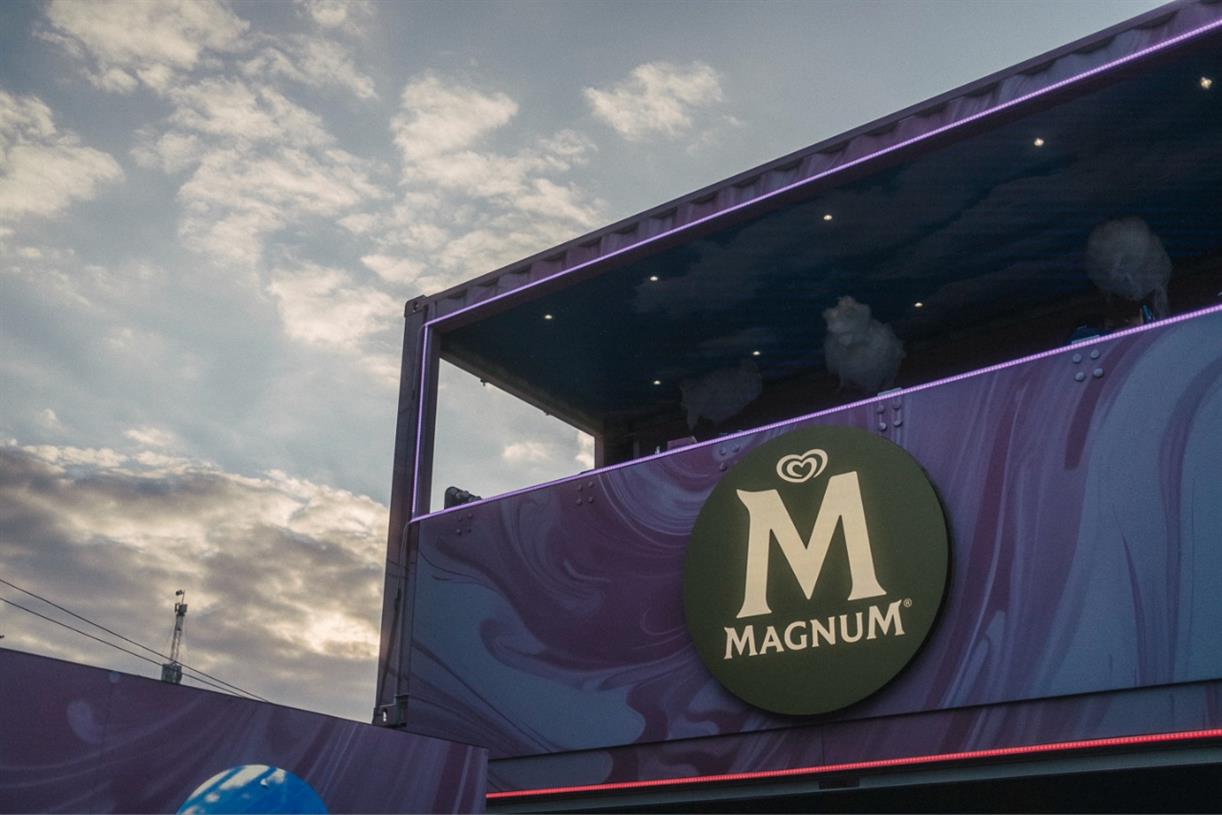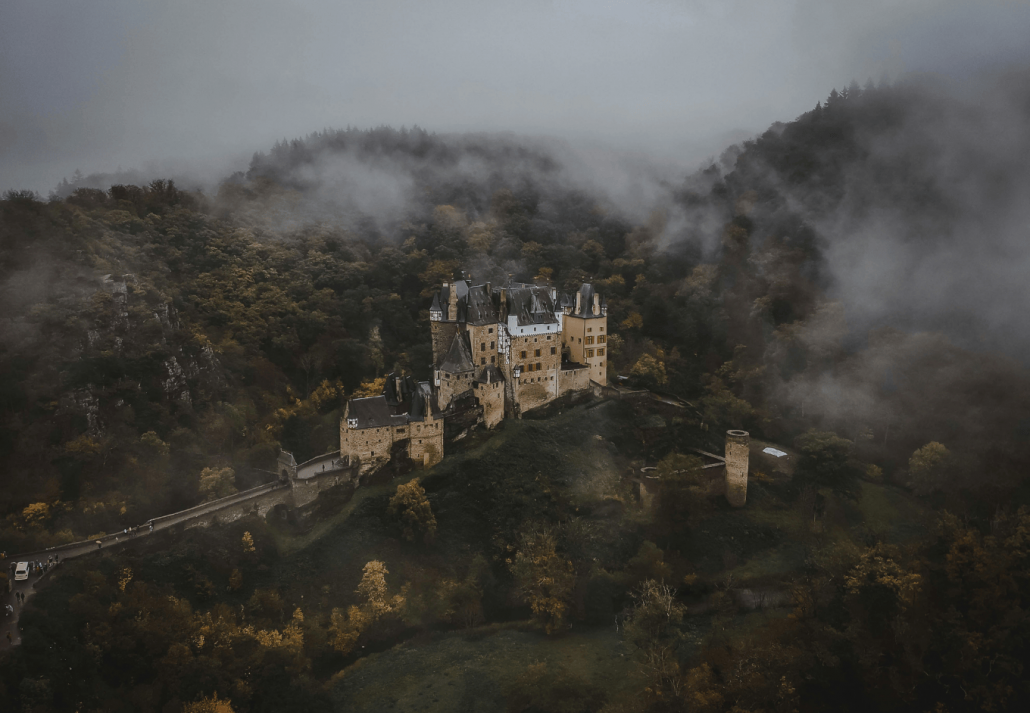Inside the Brooklyn Museum’s New Gallery on Buddhist Art
The Arts of Buddhism space showcases one of the world's earliest known depictions of the goddess Tara as well as 19 objects never before shown in the museum The post Inside the Brooklyn Museum’s New Gallery on Buddhist Art...
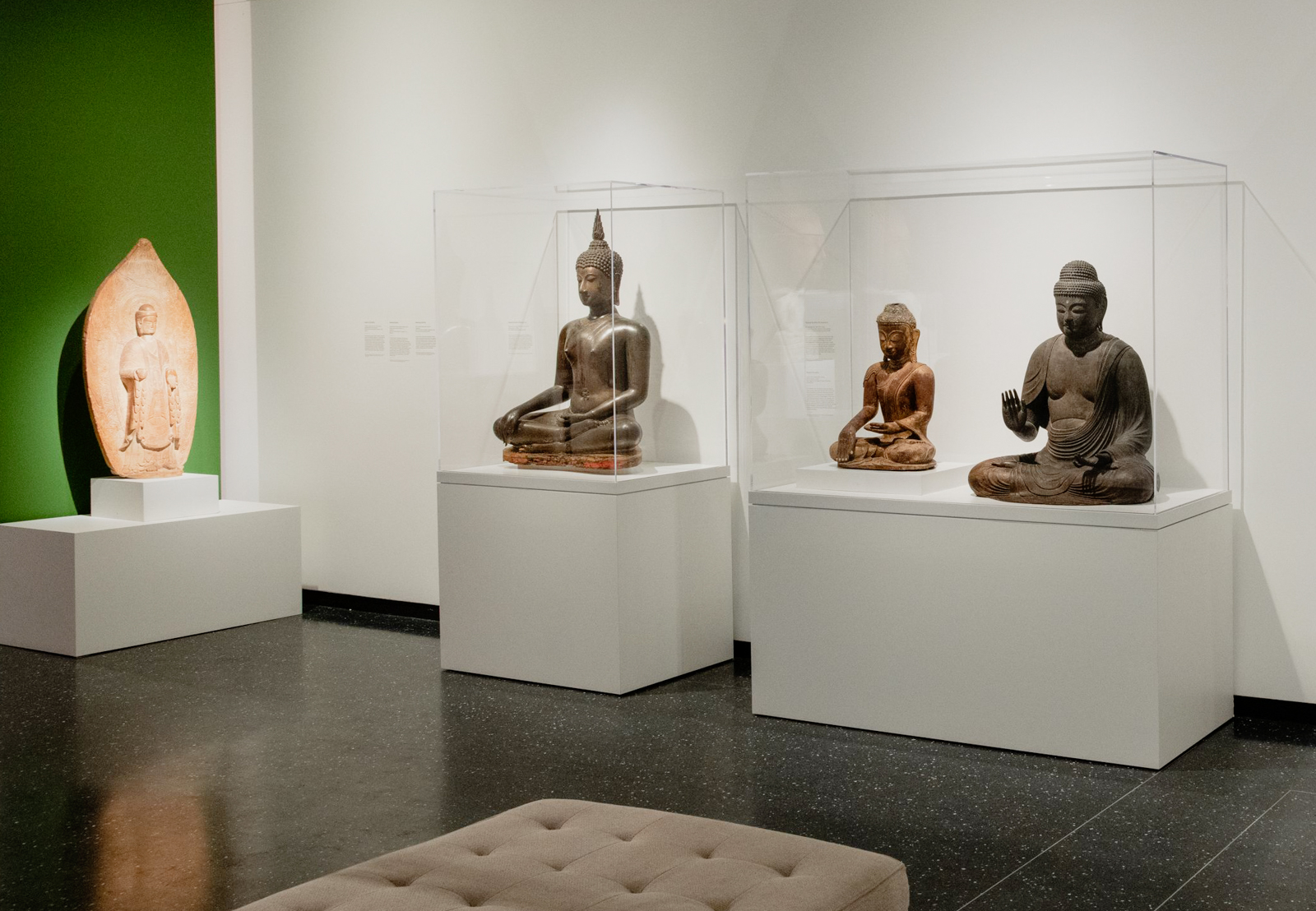
 Installation view, Arts of Buddhism. Brooklyn Museum. | Photo by Jonathan Dorado, Brooklyn Museum
Installation view, Arts of Buddhism. Brooklyn Museum. | Photo by Jonathan Dorado, Brooklyn MuseumSitting on a bench with my eyes closed, I suddenly heard the sound of a chime. I opened my eyes, glanced to my left, and noticed a woman leaning against the wall, scrolling through her phone. In the periphery, I could see outlines of the motionless figures around me, all seated upright in lotus position. I closed my eyes and decided to stay for a few more minutes. It felt like I was among friends, all sitting together and embracing the quiet.
This was not a meditation class. That afternoon, I sat in the presence of several large Buddha statues at the Brooklyn Museum‘s new Arts of Buddhism gallery, which opened on January 21st of this year. Though not intended for meditation, the gallery offers visitors a serene, contemplative, and educational experience while viewing a wide range of historic Buddhist art.
The setup of the gallery is unique. Rather than displaying pieces of Buddhist art in chronological order, Joan Cummins, the Lisa and Bernard Selz Senior Curator for Asian Art, has organized the gallery in distinct sections: depictions of Buddha, portrayals of various bodhisattvas, and a display of Buddhist ritual objects such as bells, vajras, and pouring vessels. This arrangement encourages visitors to consider similar objects alongside each other and discover subtle differences in style, form, and composition. In the section of buddhas, a buddha composed of granite (India, circa 9th-10th century) sits alongside one carved from wood (Japan, 12th century), and another formed from bronze (Thailand, 14th-15th century).
Nineteen of the objects on display have never before been shown in the museum. These include a Ming dynasty gilt bronze Amitayus Buddha, or Amitabha, made for a Tibetan-style temple, as well as a dry-lacquer seated buddha from Myanmar, which required extensive consolidation of the lacquer before being exhibited.
“[The gallery] is a mix of objects that are new to the collection, including some pieces that are on loan, and objects that have been in storage for a long time,” wrote Cummins in an email. “The storage pieces were either not properly studied or understood, or they required lots of conservation that they finally received prior to the installation.”
 Installation view, Arts of Buddhism. Brooklyn Museum. | Photo by Jonathan Dorado, Brooklyn Museum
Installation view, Arts of Buddhism. Brooklyn Museum. | Photo by Jonathan Dorado, Brooklyn MuseumWell over half of the pieces in the gallery portray various versions of the Buddha, including the historical Shakyamuni Buddha, the Medicine Buddha, and Maitreya, the Buddha of the future. One section of the gallery portrays different versions of Shakyamuni Buddha throughout various stages of his life. A gilded bronze statue from late 19th-century Thailand—another piece that has never before been displayed in the museum—portrays him as an emaciated, starving ascetic. His face is sunken and gaunt, and his arms form a thin, lanky frame around his exposed ribs and hollow stomach. The piece feels extreme and arresting, and these characterizations remind visitors of a key Buddhist teaching—that a Middle Way approach to life, rather than one guided by either deprivation or indulgence, can lead to enlightenment.
 Green Tara. India (Odisha, Cuttack Hills, Udayagiri or Ratnagiri), 8th century. Khondalite, 67 3/8 ×26 ×17 1/2 in., 1109 lb. Brooklyn Museum; Carll H. de Silver Fund and Ella C. Woodward Memorial Fund, 60.138. | Photo courtesy Brooklyn Museum
Green Tara. India (Odisha, Cuttack Hills, Udayagiri or Ratnagiri), 8th century. Khondalite, 67 3/8 ×26 ×17 1/2 in., 1109 lb. Brooklyn Museum; Carll H. de Silver Fund and Ella C. Woodward Memorial Fund, 60.138. | Photo courtesy Brooklyn MuseumThe display of bodhisattvas juxtaposes multiple depictions of Avalokiteshvara, the bodhisattva of compassion, from India, China, Korea, and Indonesia. Also on view in this section are three impressive depictions of the goddess Tara, including a rare, eighth century sculpture from Odisha, India. This image, which portrays Tara with a soft, padded figure and warm expression, is one of the world’s earliest known depictions of the goddess.
According to the Museum, the gallery is intended to serve as an introduction to the tenets and history of the Buddhist religion. The central gallery label provides an overview of Buddhism as both a religion and philosophical system, and includes a brief guide to the iconography that visitors will observe in the art. Throughout the space, the individual exhibit labels also function as helpful learning tools. It is through these labels that a visitor can read about the life story of Shakyamuni, learn about the distinctions between a buddha and a bodhisattva, and understand the intended purpose of a mandala, a “diagrammatic tool used by Buddhists to guide their meditation and prayer.” In the case displaying Buddhist ritual objects, the labels explain the significance of a vajra and a bell and how they represent action and wisdom, respectively.
One of the two contemporary pieces in the exhibition, a 2011 wood painting by Brooklyn artist Megumi Nagai titled Rinne III, features Buddhist depictions of hell combined with the structure of a Buddhist mandala. While the label explains the idea of samsara, I wondered if more could have been explained about reincarnation, the Wheel of Life (in Sanskrit, the bhavachakra), karma, and dependent origination (pratitya-samutpada). While it would be impossible to convey all of Buddhism’s teachings in one gallery, I found myself yearning for more information about central Buddhist tenets such as shunyata (emptiness) and the four noble truths.
Though not intended for meditation, the gallery offers visitors a serene, contemplative, and educational experience while viewing a wide range of historic Buddhist art.
I also wondered about the absence of pieces from the Himalayas in a gallery that includes so much from India, China, Japan, and Indonesia. Cummins explained that an immediately adjacent space called Arts of the Himalayas—set to open later this year—will contain both Buddhist and Hindu art from these regions. Some of the objects on display will be a 14th century Tibetan thangka, or painting, featuring a portrait of Taglung Thangpa Chenpo, founder of Taglung Monastery in central Tibet, as well as a 16th century Tibetan Ritual Apron (Rugyan), carved from both human and animal bone.
“The Arts of the Himalayas gallery will consist primarily of art from Tibet and Nepal,” Cummins wrote. “In order to give the Himalayan region a proper treatment, we kept most of the Tibetan pieces for that gallery.”
What the Arts of Buddhism gallery can instill for any visitor is a sense of Buddhism’s vast influence across many parts of the world, and how diverse artistic representations can offer a cohesive portrayal of the faith’s central figures and symbols. Cummins also noted that the gallery will not be static, that the Museum will incorporate new pieces as it gains access to them—a point I found both exciting and grounding. Even in the world of historic Buddhist art, nothing is fixed, nothing is permanent.

Get Daily Dharma in your email
Start your day with a fresh perspective

Explore timeless teachings through modern methods.
With Stephen Batchelor, Sharon Salzberg, Andrew Olendzki, and more
![]()
Thank you for subscribing to Tricycle! As a nonprofit, we depend on readers like you to keep Buddhist teachings and practices widely available.
This article is only for Subscribers!
Subscribe now to read this article and get immediate access to everything else.
Already a subscriber? Log in.

 Lynk
Lynk 








